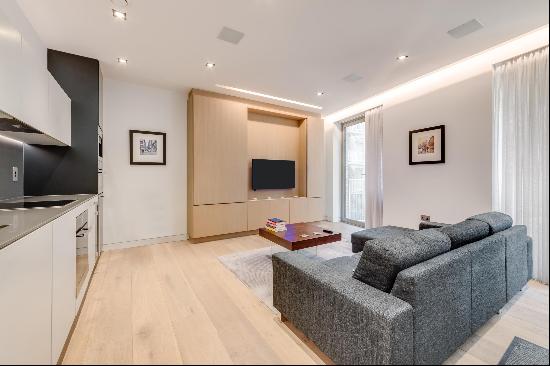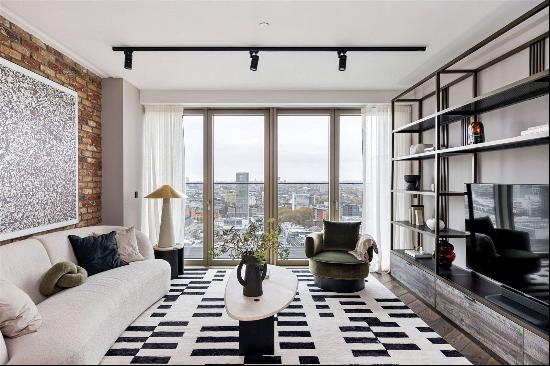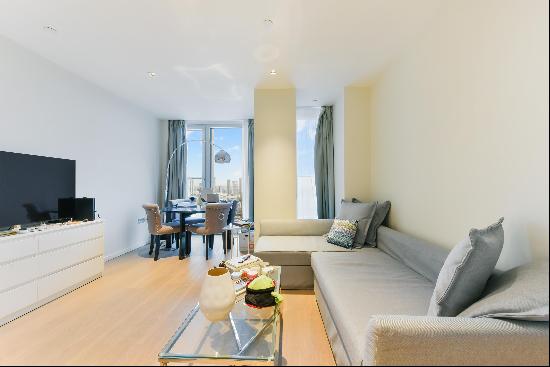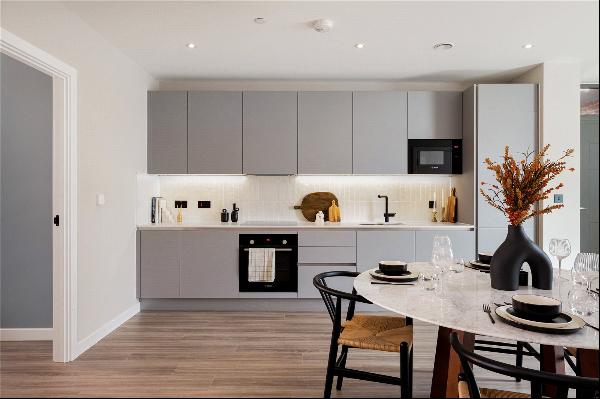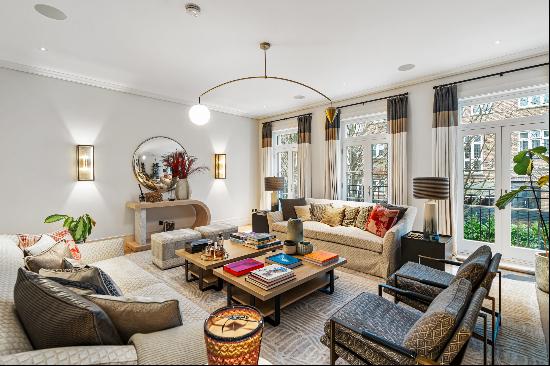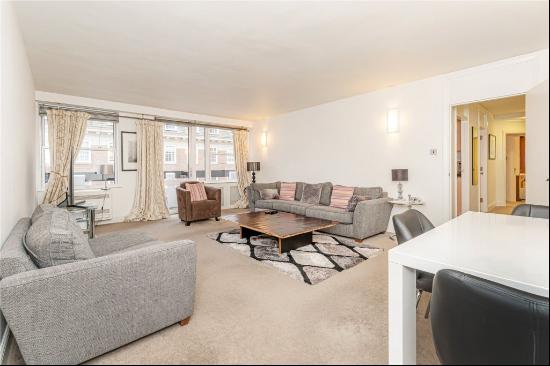
By Jo Caird
I would not want to swap places with Nora Helmer, the protagonist of Henrik Ibsen’s 1879 play, A Doll’s House. Married to a man who underestimates and patronises her, constrained by the economic and social realities of being a woman in a man’s world, it is no surprise that she ends the play disillusioned and unhappy.
I would quite like to live in her house though. Or at least the version of it imagined by set designer Ian MacNeil for the 2012 production of A Doll’s House at the Young Vic in London (pictured above).
In response to Ibsen’s stage directions for a “room furnished comfortably and tastefully, but not extravagantly”, MacNeil delivered a set of pale bluish grey half-panelled walls on a slow revolve. He added elegant sconces, a few choice antiques and a comfortable looking brown Chesterfield sofa. Large windows suggested a spacious veranda and a view worth looking at: the play is set in Norway at Christmastime, so a crisp, snowy scene, perhaps; bare-branched trees on the shores of a frozen fjord.
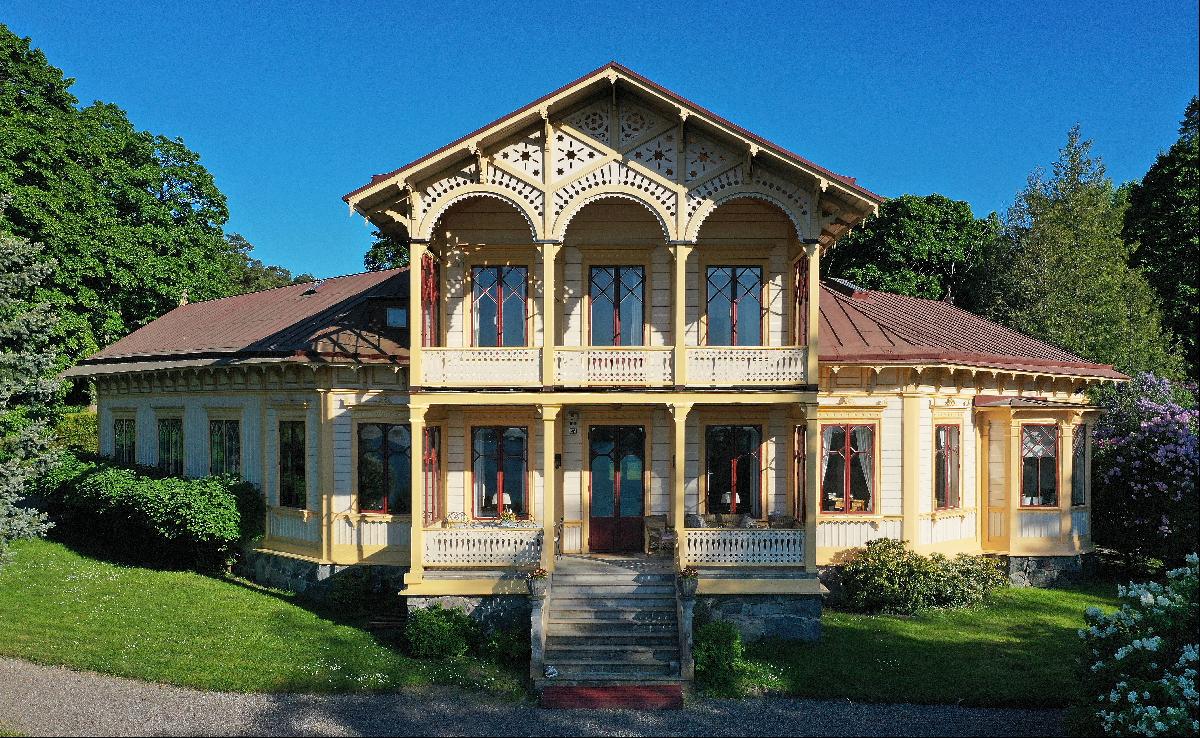
It is against this refined backdrop that we watch Nora’s life begin to fall to pieces. Made to face the consequences of a past error of judgment, she finds herself re-evaluating every element of life with her husband. It cannot help but come up short.
“Our home has never been anything but a playroom,” says Nora, towards the end of the play. “I’ve been your doll-wife, just as I used to be papa’s doll-child.”
Maybe it was the grown-up “playroom” quality of MacNeil’s design that struck me all those years ago at the Young Vic, a tempting vision of a family home miraculously uncluttered by any evidence of family life. My partner and I had no children then; we had bought our first flat a couple of years previously and were still working out what sort of home it would be.
Nearly 10 years later, we still live in that flat, but with a five and a two-year-old alongside us. Our few items of cool mid-century furniture are concealed under craft materials, letters from school and much other child detritus. (Unlike Nora, we have no loyal nursemaid to keep the children and associated paraphernalia in their proper places. Though, to be fair, my mum is a great help).
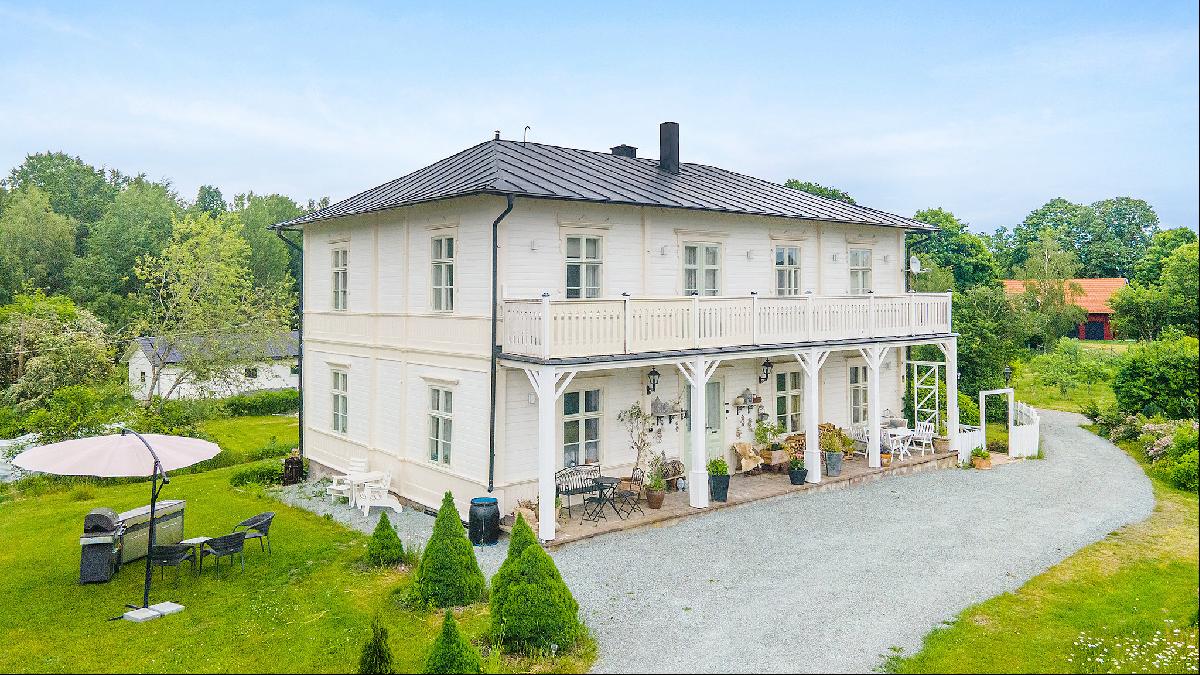
That is probably why the stripped back Scandinavian feel of that Doll’s House, an aesthetic so totally at odds with the realities of my life, has stayed with me. While so many other theatre productions have faded from memory, this one has lasted.
To recreate a home like Nora’s — ideally without the proto-feminist angst — I would go to Solna, Sweden, where this six-bedroom sound-side property is spacious enough for the children to have their own wing, leaving the bright, panelled entrance and living room as grown-ups only spaces. I can see myself sitting cosily in a window seat, book in hand, the children’s contented laughter filtering over from a far away part of the house. Less than a 30-minute drive from central Stockholm, and priced at SKr59m ($6.72m), it would also be convenient for swanning into town, whenever I have had enough of rural peace and quiet.

Further south in Sweden, close to the Baltic coast city of Kalmar and available for SKr8.9m ($1.03m), this 19th-century property has six bedrooms and a stunning tiled stove, similar to the one in Ibsen’s stage directions for Nora’s living room. There is a separate two-bedroom guest house.
There is a piano too, like Nora’s, allowing me to fulfil my long-held ambition to take up playing again. However I think I will avoid the tarantella — the fast-paced southern Italian folk dance that Ibsen uses as a metaphor for Nora’s break with wifely convention — and stick to more soothing strains instead.
Photography: Corbis via Getty Images; Sweden Sotheby's International Realty; Christie’s International Real Estate




